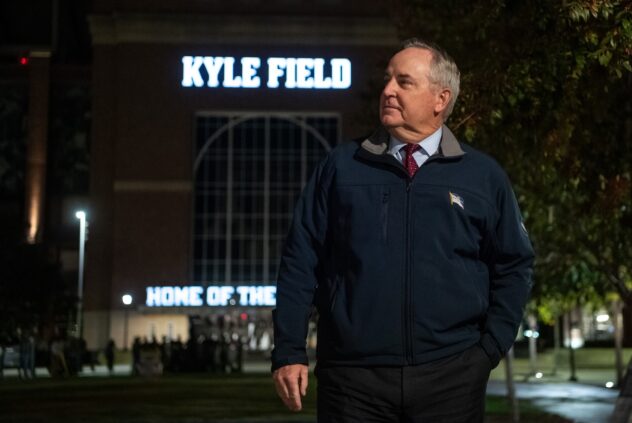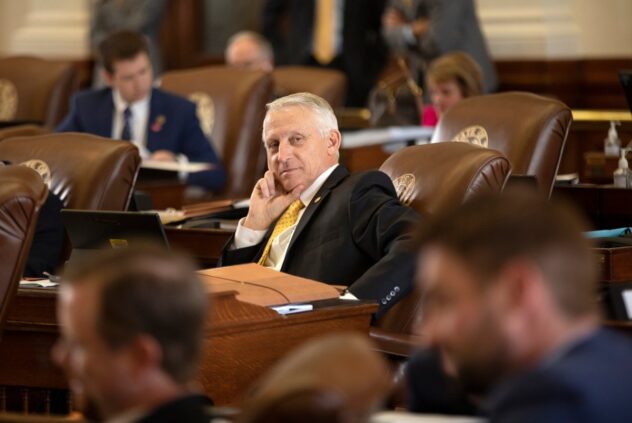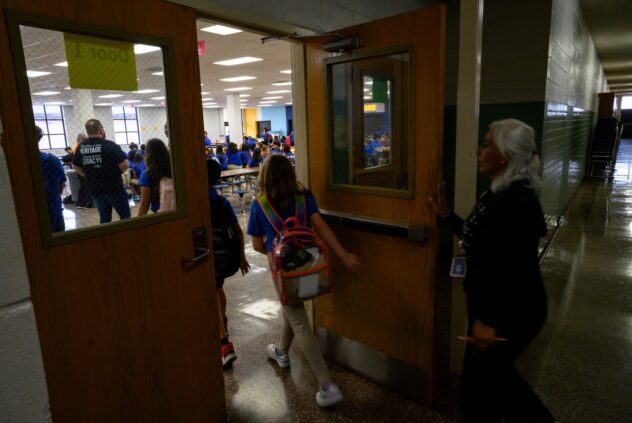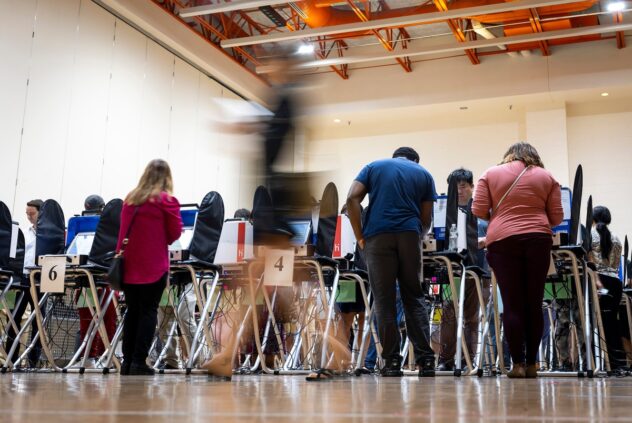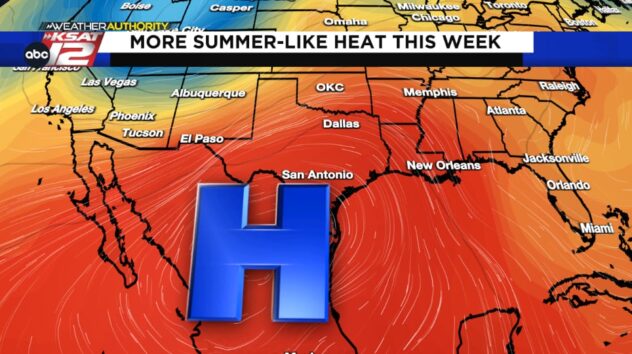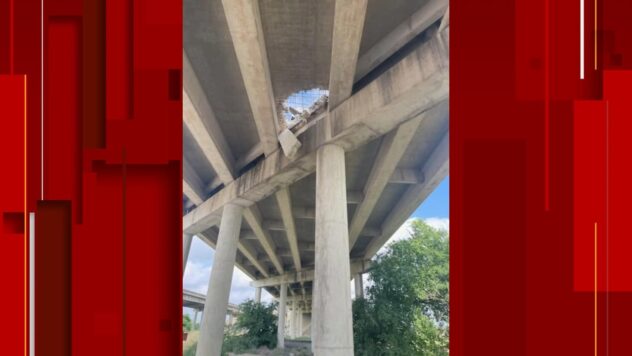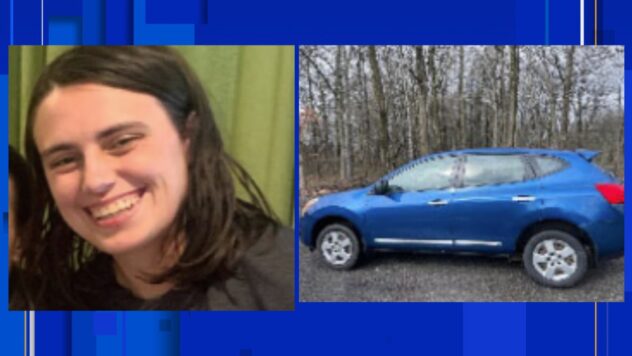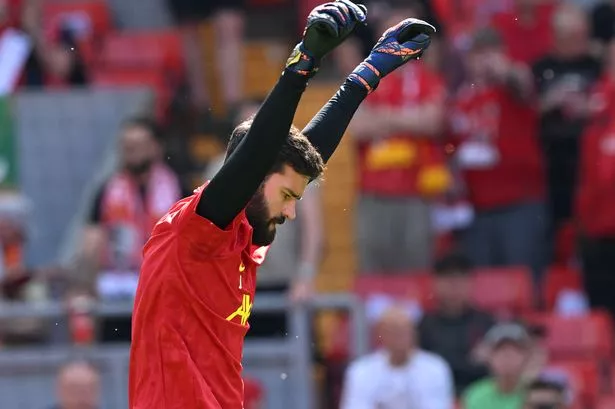How Texas has made it easier and harder for people to vote in the pandemic

Sign up for The Brief, our daily newsletter that keeps readers up to speed on the most essential Texas news.
As Texans prepare to cast ballots in the presidential election and other races, the state’s voting laws — among the strictest in the country — are again coming under scrutiny.
Gov. Greg Abbott extended the early voting period by an additional week because of the coronavirus pandemic, but Texas, unlike some other states, did not relax criteria for requesting a mail-in ballot.
With early voting and Election Day rapidly approaching, voting rights groups say last-minute changes to the process have created confusion and reflect state officials’ hostility toward voting accessibility.
Voting in Texas
-
When is the last day to register to vote?
-
When does early voting start?
-
How will voting be different because of the pandemic?
-
How do I know if I qualify to vote by mail?
-
Are polling locations the same on Election Day as they are during early voting?
-
Can I still vote if I have COVID-19?
- See our voter guide
Have you run into hurdles or problems while trying to vote in Texas? We want your help in reporting on those challenges. Tell The Texas Tribune your voting story.
Stephen Chang, spokesperson for the secretary of state’s office, said Texas has taken steps to “ensure that our elections are run safely, smoothly and securely” in the pandemic by extending early voting, supplying counties with personal protective equipment and helping to recruit poll workers.
Since March, counties across the state have taken matters into their own hands as they work to increase ballot access, follow health guidelines and cut down on long wait times at the polls, said Zenén Jaimes Pérez, spokesperson for the Texas Civil Rights Project.
“On the one hand, you have local officials trying to expand voting options and keep voters safe,” he said. “On the other hand, our attorney general and our governor are going to try to undermine those efforts, really politicizing the ability for voters to cast a ballot.”
He cited as an example Abbott’s recent order limiting mail-in ballot drop-off locations to one per county, which set off a flurry of lawsuits.
But Abbott spokesperson John Wittman said the governor has not engaged in voter suppression and instead has expanded accessibility by allowing voters to submit mail-in ballots in person before Election Day.
Cal Jillson, a political scientist at Southern Methodist University, said that Texas has historically low voter turnout.
“In the pandemic, even Gov. Abbott initially recognized that you’ve got to try to make voter access easier,” Jillson said. “But that is from a baseline in which voter registration and voter turnout in Texas is as low as any state in the nation.”
Nationally, Texas ranked 47th in voter turnout and 44th in voter registration in 2016, according to a 2018 report from the University of Texas at Austin.
Here’s what voter accessibility looks like in Texas ahead of the November election.
Voter registration
Monday was the last day to register to vote in the Nov. 3 election in Texas, one of the earliest registration deadlines in the country, according to the National Conference of State Legislatures. In 21 states and the District of Columbia, voters can register the same day they cast their ballot.
Every state requires voters to register except North Dakota, which allows eligible voters to arrive at the polls with required identification.
Texas is one of 10 states that have not widely implemented online voter registration.
On Sept. 23, the state updated its systems to allow Texans to register to vote online, but only when they update or renew a driver’s license. The action was in response to a U.S. district court ruling that found Texas was in violation of the National Voter Registration Act.
Texans can also print voter registration applications and mail them to their county voter registrars. They can also request applications through mail or find them at the county voter registrars’ offices, post offices, government offices or high schools.
Mail-in voting
Officials are expecting an unprecedented number of mail-in ballots to be submitted across the country for the coming election, and while several states have expanded mail-in, or absentee, voting options, Texas is one of just five states where the pandemic alone is not an excuse to request a mail-in ballot.
Twelve states expanded eligibility to request an absentee ballot for the 2020 election. In 35 other states, an excuse was not required prior to the pandemic.
Still, Texas voters are requesting them. The Travis County clerk’s office said it received requests for 65,678 mail-in ballots as of Sept. 30, according to reports from KXAN-TV in Austin. The office said only 27,000 ballots were mailed out in 2016.
To qualify for mail-in ballots in Texas, registered voters must cite a disability or illness, be 65 years or older, or be confined in jail but still eligible to vote. Additionally, voters can request ballots if they won’t be in the county where they’re registered during the early voting period or on Election Day.
Texas defines a disability as a “sickness or physical condition” preventing someone from appearing in person without personal assistance or the “likelihood of injuring the voter’s health.” Voters can consider their medical history along with the coronavirus to decide if they meet the criteria. Voting rights groups sued Abbott last week after he gave a last-minute order that limits counties to having just one mail-in ballot drop-off location. But Wittman said in an email that part of the order also allows voters to submit their ballots any time leading up to Election Day, whereas before, the ballots could only be submitted in person on Election Day.
“Moreover, the only ballots subject to this order are mail-in ballots,” Wittman said. “Most of those ballots are in fact submitted by mail. The additional time provided for those who want to submit their mail-in ballot in person is sufficient to accommodate the limited number of people who have traditionally used that voting strategy.”
Jaimes Pérez said last-minute changes like this create confusion around the voting process.
Harris County had plans to expand voting options by mailing applications for absentee ballots to all 2.4 million voters on its voter rolls, but the state argued that this would cause confusion for voters who are not eligible because of Texas’ criteria.
The Texas Supreme Court ruled Wednesday that the ballots cannot be sent. The county has already sent applications to voters over age 65, who qualify for the ballots.
Early voting
The extended early voting period for the Nov. 3 election runs from Tuesday to Oct. 30.
Texans have more access to early voting than residents of some other states, and Texas expanded its early voting period for the November election because of COVID-19.
Registered Texans have two ways of voting early: in person or by mail.
At least six states — Connecticut, Delaware, Mississippi, Missouri, New Hampshire and South Carolina — don’t offer early voting. Early voting in Delaware won’t start until 2022.
In July, Abbott extended the early voting period for the November election by six days, citing challenges posed by the coronavirus pandemic. Anyone who is registered may vote early, but it must be done in person unless the voter qualifies to vote by mail.
The Texas Supreme Court ruled against several GOP officials Wednesday who sought to block the extension of early voting beyond the original two-week period.
In Texas, early voting in person typically begins 17 days before the election and ends four days before the election. The average early voting period among states that offer it is 19 days.
Abbott already doubled the early voting period for the July runoffs, calling it necessary so that “election officials can implement appropriate social distancing and safe hygiene practices.”
“And what that does — it allows more people to go vote early in settings that are not highly congregated,” Abbott said in an interview with KCBD-TV in Lubbock. “As a result, you can go vote without having to worry about a whole bunch of people being around you that you could contract COVID-19 from. That makes voting a lot safer [of a] setting than it would otherwise be with the shortened early voting time period.”
Still, Democrats said Abbott’s expansion of the early voting period was not enough to create a safer voting environment.
“Abbott’s decision to extend early voting by six days is exactly like his COVID-19 response: the bare minimum and not fully thought through,” Texas Democratic Party Chair Gilberto Hinojosa said in a July statement.
Voter ID laws
Texas is one of at least 35 states that have some form of voter identification requirements, but only 18 states — including Texas — ask voters to show a photo ID at the polls.
Texas’ voter ID law ricocheted through the federal courts for nearly seven years, with a federal judge first ruling in 2014 that lawmakers discriminated against Hispanic and Black voters when they crafted one of the nation’s strictest voter ID laws.
The state ultimately won the fight to keep its law on the books. Registered voters need one of seven types of valid photo ID to vote in Texas:
- A state driver’s license (issued by the Texas Department of Public Safety)
- A Texas election identification certificate (issued by DPS)
- A Texas personal identification card (issued by DPS)
- A Texas license to carry a handgun (issued by DPS)
- A U.S. military ID card with a personal photo
- A U.S. citizenship certificate with a personal photo
- A U.S. passport
States also have varied procedures for voters who do not have identification. In Texas, voters can still cast votes if they sign a form swearing that they have a “reasonable impediment” from obtaining a proper photo ID. However, those voters will also have to present a supporting form of identification, such as a valid voter registration certificate or certified birth certificate.
In some states, such as Georgia and Mississippi, voters without an acceptable ID must vote on a provisional ballot and take additional steps after the election to have it counted.
The National Conference of State Legislatures, Southern Methodist University, the Texas secretary of state and the University of Texas at Austin have been financial supporters of The Texas Tribune, a nonprofit, nonpartisan news organization that is funded in part by donations from members, foundations and corporate sponsors. Financial supporters play no role in the Tribune’s journalism. Find a complete list of them here.


